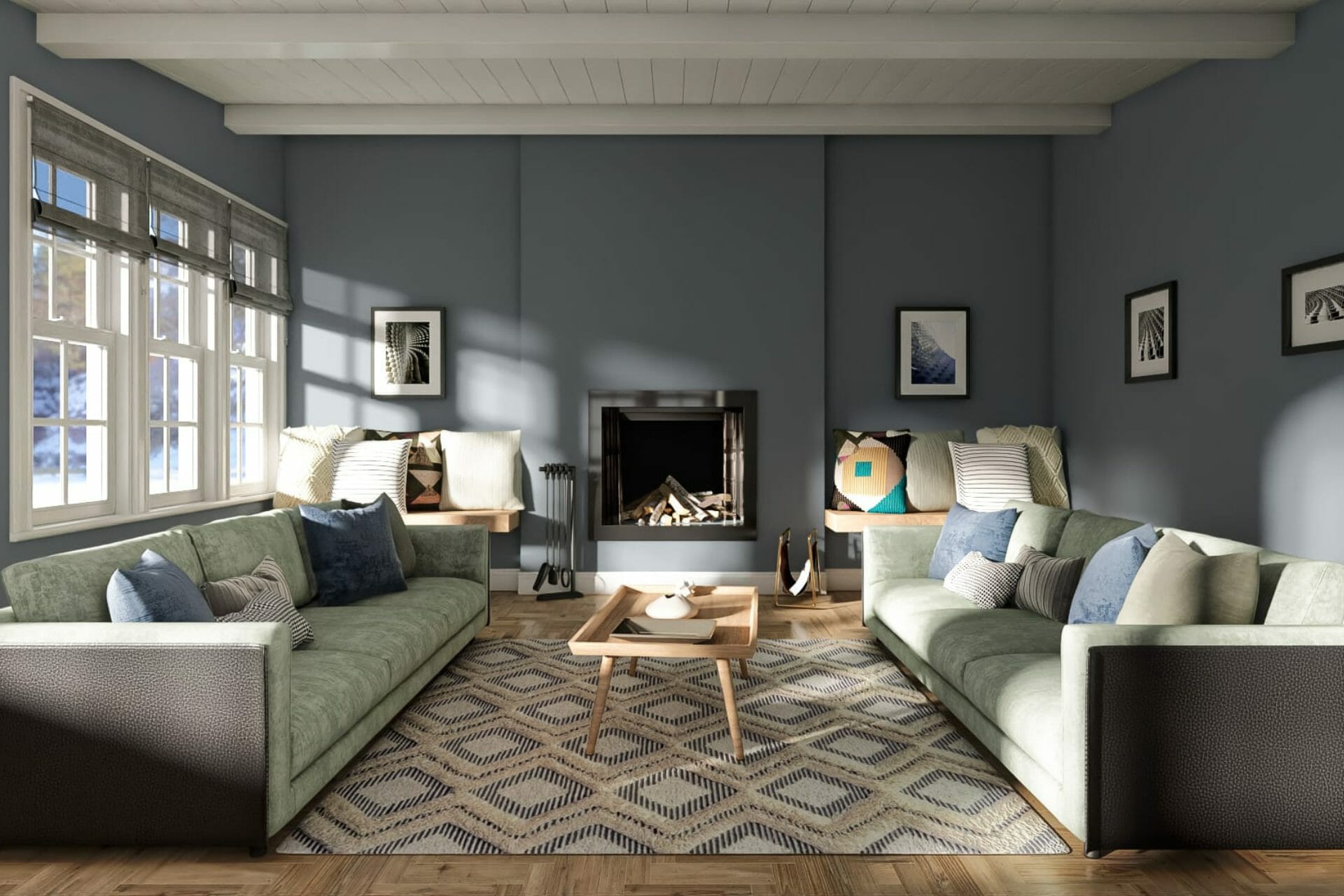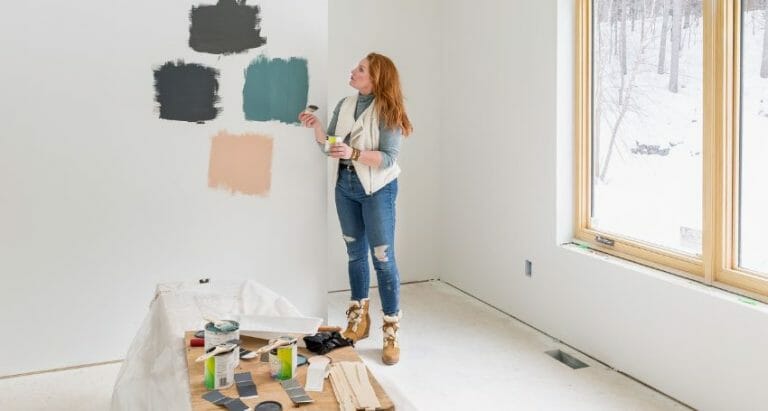Now and then, our living spaces need a refresh, and one of the best ways to revitalize a room is to paint the interior walls. Embarking on a paint project can be intimidating, especially if you haven’t done it before. However, you can paint walls like a pro with the right approach and information. This guide will walk you through the steps to painting an interior wall.
Table of Contents
1. Prep Your Walls for the Perfect Paint Project
1. Cleaning and Repairing Walls for Painting Before you dive into the paint bucket, it’s imperative to prep your walls. Start by cleaning them with a mild detergent, ensuring you remove all dirt and grease. Any imperfections, such as holes or dents, should be patched to ensure a smooth finish.
2. Use Paint Thinner for Tricky Stains. If you encounter stubborn marks, use paint thinner to get them off. Remember always to work in a well-ventilated room when using chemicals.
2. Choose the Right Paint for Your Interior Walls
1. How to Choose an Interior Paint Color The color sets the mood of a room. Do you want a relaxing atmosphere or something vibrant and energetic? While personal preference is a significant factor, consider the size of your room. Light colors make a room feel larger and more open, while dark shades offer a cozy ambiance. By considering these factors, you can choose an interior paint color.
2. Best Colour Combinations for Interior Walls To find the best color combinations for interior walls, look for color palettes online or seek advice from experts at your local paint store.
3. Determine How Much Paint You’ll Need To Paint Interior Walls
1. Measuring Your Space To avoid the frustration of running out of paint midway or dealing with excess paint, it’s crucial to determine how much paint you’ll need. Measure the walls’ height and width, then calculate the total square footage.
2. Factor in Two Coats of Paint. Typically, you’ll want to apply at least two coats of paint for an even and vibrant finish. Therefore, double the amount of paint for one coat once you’ve calculated it.
4. Gather Your Paint Supplies
Apart from the interior paint, you’ll need a paint tray to hold the paint, brushes of various sizes for edges and corners, rollers for large areas, painter’s tape, and drop cloths to protect your floor and furniture.
5. Painting Techniques to Achieve a Pro Finish
1. Starting with the Edges, Begin by cutting in, which means painting along the edge of the wall, especially near the ceilings, baseboards, and corners. This process ensures a neat finish.
2. Rolling the Paint Onto the Walls Pour some latex paint into your paint tray. Dip your roller, ensuring it’s well-coated but not dripping. Apply the paint onto the wall in a ‘W’ or ‘M’ shape. Fill in the gaps by rolling up and down, ensuring an even coat across the wall.
3. Beware of Slopping Paint. Be careful not to apply too much paint on your brush or roller to avoid slopping paint. Immediately smooth them out with your brush or roller in case of drips.
6. Post-Painting Tips
1. Wet Paint Precautions Once you’ve finished painting a wall, keeping the area well-ventilated is essential. Keep children and pets away from the freshly painted walls to avoid streaks.
2. Storing Excess Paint If you have leftover paint, transfer it to a smaller container, seal it tightly, and store it in a cool, dry place. This way, you have some on hand for touch-ups in the future.
3. Interior House Painting Cost If you decide that the DIY route isn’t for you, hiring a professional might be the way to go. Interior house painting cost varies based on your location, the room’s size, and the job’s complexity. Always get multiple quotes and check reviews before hiring.
How Do I Paint Over Painted Walls?
If you’re wondering how to paint over already painted walls, it’s important to start with proper preparation. First, clean the surface thoroughly to remove dirt and grease. If the existing paint is in good condition, a light sanding can help the new paint adhere better. For glossy finishes, consider using a primer to create a suitable base. Choose the right type of paint (latex or oil-based) and apply it evenly using a roller for larger areas and a brush for edges and corners. Multiple thin coats are more effective than one thick coat. Patience during drying will ensure a smooth, long-lasting finish.
Conclusion
Learning how to paint an interior wall can be a fulfilling project. It allows you to customize your space while adding value to your home. Remember, the key to a successful paint project lies in the preparation. Follow these steps, heed the best painting tips, and soon, you’ll confidently say, “I know how to paint a room!”
Remember, every painting project is a chance to express yourself, so pick up that paintbrush, and let’s get painting!





